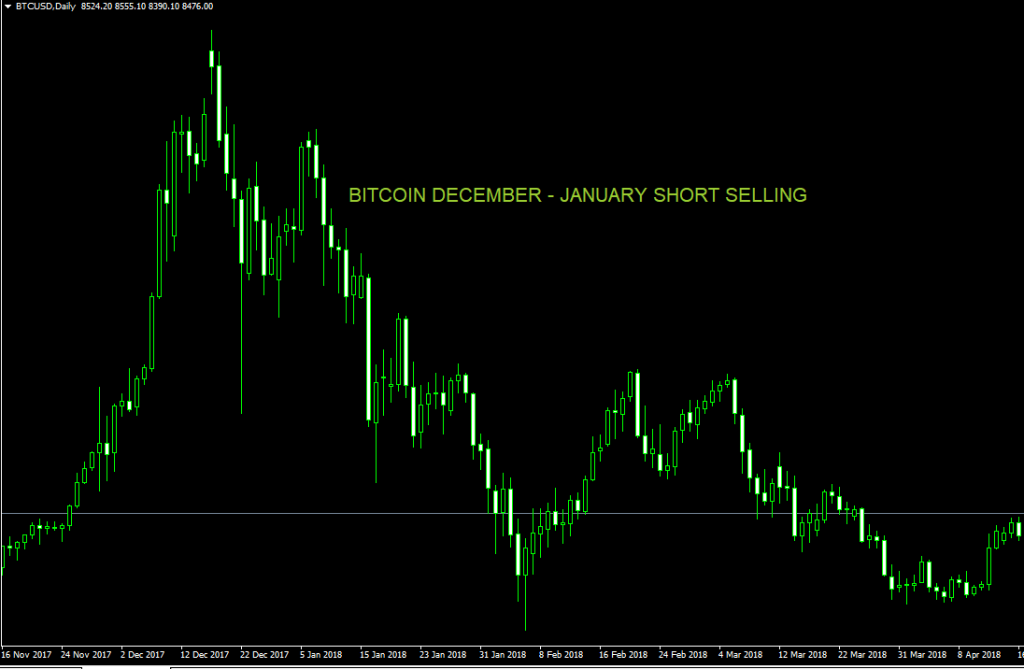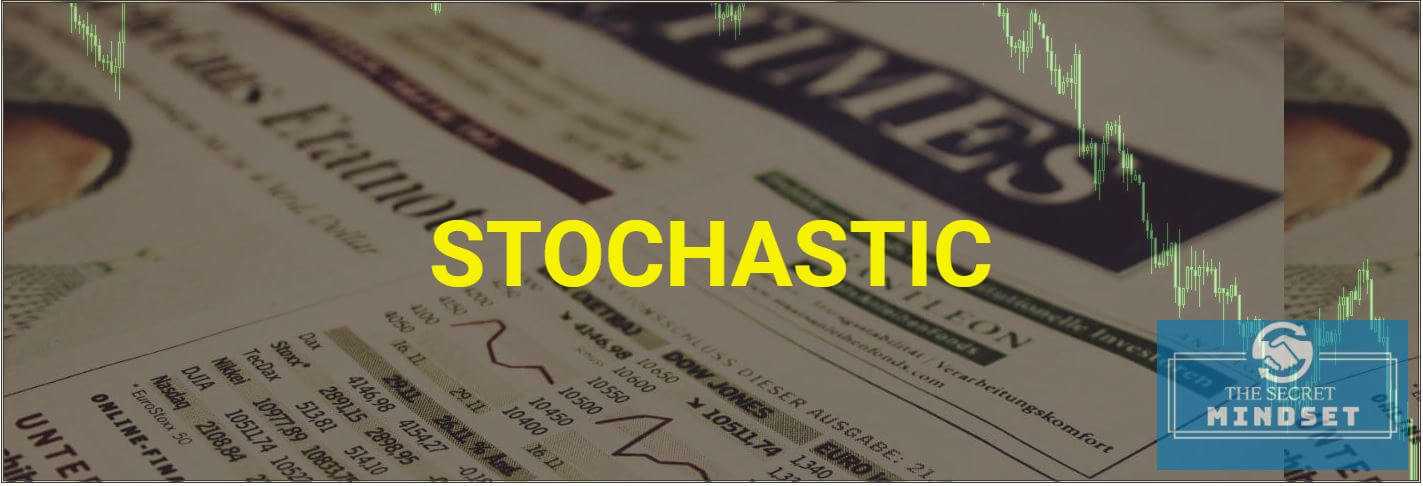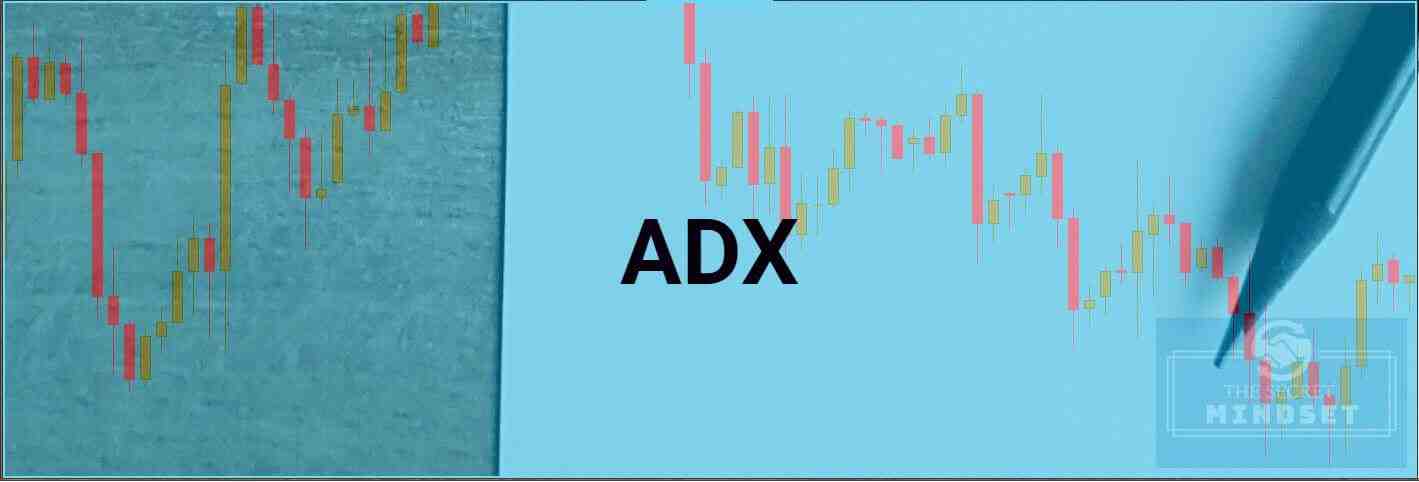Table of Contents
Short selling represents a technique through which a trader/investor sells an instrument that he does not own. A short selling occurs when the trader believes the price of the instrument is going to decline in the future.
What Fuels The Short Selling?
Price momentum oscillates strongly in both directions, but different crowd mechanics drive the market trends.
- Greed will lead to big rallies
- Fear and panic lead to selloffs
In general, stocks/commodities/cryptocurrencies tend to fall farther and faster than they increase. Volume builds rallies, but markets will fall from their own weight at the slightest rumor or news. Greed of an investor burns out faster than the fear. Fear induces panic selling in a more reliable fashion than greed induces panic buying. This explains why short selling is so common in current days.
How Does Short Selling Work?
As I explained above, when a trader thinks the price of the instrument is going to decline in the future, he will short sell the instrument. The idea is simple: he wants to sell at a high price in the hope of a future buy when the price declines at more reasonable prices.
But in order to short sell the instrument, the trader must borrow it from someone who owns it. Thus, the trader will pay a fee in order to borrow the instrument. But that’s not all: if the price of the instrument increases after the trader initiated a short sale, he will also be required to pay a margin to cover the potential losses.
- If the trader buys the instrument back at a lower price, as he anticipated, he records a profit and the short selling was successful
- If the trader buys it back at a higher price, contrary to its beliefs, the trader records a loss and the short selling failed.
Main Reasons For Short Selling
1. Overvalued instruments
When a trader identifies a security/stock/currency for which the market price is considered too high for its fundamentals, he will short sell the instrument. In general, short sellers are informed traders and they know through their own analyses (fundamental or technical) that an overvalued instrument is likely to experience a price decline and return to a level which better reflects its financial status and fundamentals.
2. Hedging
In some cases, traders want to protect another investment or portfolio. They want to minimize their portfolio risk and they decide to hedge. A hedge represents an investment made in order to reduce the risk of adverse price movements in an instrument, by taking an offsetting position, such as a short sale.
Here are a few examples:
- if a trader owns a selection of stocks from Dow Jones Industrial Average (DJIA), he would hedge through a derivative contract to hold a short position on the DJIA index, to protect from adverse movements.
- if a trader owns a selection of stocks in a particular sector, renewable energy sector, for example, he might offset his long bets on the sector by short selling the sector’s weakest performers
3. Market manipulation
While the first 2 categories of traders were of good faith, and their decisions to short sell an instrument were based on fundamentals, technical analysis and risk protection, there is also another category of short sellers. This category tries to manipulate the prices down in order to profit from their short position.
Have you seen the movie “Wall-Street: Money never sleeps” when the main character spread false rumors on the market regarding a specific company, in order to drive the company’s stock price down? Well, these types of traders/investors do exist. Regulatory institutions increased their efforts in recent years to detect and eliminate manipulative trading, regardless of whether the manipulator is a short seller or not.
Short selling – Pros
- Offer protection for other investments or portfolios
- Provides liquidity to the market.
Short selling – Cons
- Unlimited risk! – When shorting an instrument, the price could theoretically keep increasing forever, so the main rule in short selling is to never trade without a stop loss.













